Deep Dive: Mortal Kombat Franchise History Part 3
- Nerdgasm Toy News

- Aug 6
- 8 min read
"Mortal Kombat!" Nothing gets you more pumped than hearing that being yelled at the beginning of the amazing "Techno Syndrome" by The Immortals. The Mortal Kombat franchise began in 1992 as a fighting game developed by Midway Games, quickly gaining notoriety for its unique characters, intricate storylines, and graphic violence. The game's innovative use of digitized sprites, which featured real actors, set it apart from other fighting games of the time. This groundbreaking approach, combined with its signature finishing moves known as "Fatalities," captured the attention of players and sparked a cultural phenomenon that extended beyond the arcade.
Over the years, Mortal Kombat has evolved into a multi-faceted franchise, branching out into various sequels, spin-off games, animated series, and live-action films. Each installment has built upon the lore of the Mortal Kombat universe, introducing new characters and expanding the narrative surrounding the eternal battle between good and evil. The franchise has faced its share of controversies, particularly regarding its graphic content, but it has remained a staple in the gaming world, continuously attracting new generations of fans while retaining its loyal base. Today, Mortal Kombat stands as one of the most iconic and enduring franchises in gaming history, celebrated for its rich storytelling and intense gameplay.
Join us as we delve into the numerous toy lines that have spanned the years, from 1996 to Now.
Hasbro - 1994

Hasbro’s Mortal Kombat figures in 1994 capitalized on the success of Mortal Kombat II and repurposed its existing G.I. Joe molds to create action figures modeled after MK fighters like Sub-Zero, Scorpion, Liu Kang, and more. These 3.75-inch figures had the signature O-ring articulation from G.I. Joe and were designed more like military commandos than supernatural martial artists, giving them a distinct “MK meets special forces” aesthetic. The line was timed to ride the popularity of both the game and the impending movie hype.
Despite the odd aesthetic, the figures came with decent accessories and had some nostalgic charm. Characters like Goro were given larger, unique molds that deviated from the G.I. Joe base, showing that Hasbro wasn’t just re-skinning toys across the board. The line also included vehicles, such as the “Dragon Wing,” even though those had no relation to anything in the game’s lore. Playsets and environments were minimal or nonexistent, making the line feel more like a novelty than a serious action figure launch.
Collectors today remember the Hasbro line fondly but mostly for how weirdly off-brand it felt. It stands as a curiosity—one of the earliest examples of mainstream toy makers wrestling with how to translate a violent video game franchise into something parents wouldn’t object to. The reuse of G.I. Joe parts also makes this line a favorite for kitbashers and customizers.
Gallery (15 images)
Toy Island - 1996 to 1999

Following the release of the Mortal Kombat live-action film in 1995, Toy Island picked up the license and began releasing 5-inch figures based more directly on Mortal Kombat 3 and the movie designs. These figures were bulkier, more stylized, and came with exaggerated musculature, wide stances, and a range of accessories. Toy Island even released some motorized figures and 10-inch variants, attempting to inject variety into the line.
Toy Island’s figures featured slightly improved articulation and more character-specific sculpting than the Hasbro line. Key characters included Rayden, Liu Kang, Sub-Zero, and a rather odd Goro with spring-loaded arms. However, the toy designs often emphasized action features over aesthetics, leading to some awkward poses and clunky builds. There were also repaint variants and strange combinations like a blue Scorpion marketed as Sub-Zero, confusing younger fans.
The line was moderately successful but began to fade as interest in the live-action movies waned. Still, Toy Island’s efforts reflected a transitional phase—trying to be more faithful to the games while still chasing that toyetic appeal. Today, they’re remembered for their odd charm and the sheer number of color-swapped ninjas. The larger figures and movie-themed designs give them a cult following among collectors.
Gallery (12 images)
Jazwares - 2005 to 2012

Jazwares acquired the Mortal Kombat license during the franchise's rebirth period following the release of Mortal Kombat: Deception and Shaolin Monks. Starting in 2005, they launched several lines including 3.75-inch and 6-inch figures, many of which were based on the 3D era games like Deadly Alliance, Deception, and Armageddon. The sculpts were more accurate than ever before, finally reflecting the actual in-game character designs with an emphasis on armor and alternate costumes.
Despite the improved aesthetics, Jazwares' lines were plagued by poor quality control. Loose joints, fragile plastic, and inconsistent paint apps were major complaints. Even deluxe figures like Shao Kahn or the larger-scale Goro and Raiden were often fragile and suffered from breakage. Jazwares did produce box sets, exclusives, and even Kombat-themed accessories like weapons packs, expanding the play/display options for fans.
Nonetheless, the line endured several years and helped reignite Mortal Kombat’s toy presence during the franchise’s mid-2000s renaissance. Collectors were mixed in their reception—some loved the accurate representations and character variety, while others were turned off by the fragility. Today, Jazwares’ MK line is seen as a stepping stone between the kitschy early figures and the more premium releases that would follow.
Gallery (30 images)
Storm Collectibles - 2017 to Present

Storm Collectibles brought Mortal Kombat figures into the high-end collectible market with stunning 1:12 scale figures starting in 2017. These ultra-detailed, highly articulated figures began with classic designs from the original arcade trilogy—Sub-Zero, Scorpion, Reptile, and beyond. With premium paint, fabric elements, interchangeable heads/hands, and effects pieces like ice blasts and fireballs, these were clearly aimed at adult collectors and arcade-era fans.
Storm Collectibles set a new standard for Mortal Kombat toys. The company released deep cuts from the roster including Baraka, Motaro, Shao Kahn, and even Kintaro—figures that earlier lines never tackled with such fidelity. Their attention to musculature, fatalities, and even blood-splatter effects brought the over-the-top violence of the games to life in a way no previous toy line dared. They also released “bloody” variants and battle-damaged versions for collectors who wanted diorama-worthy realism.
These figures are expensive and not meant for play, but they are widely regarded as the definitive Mortal Kombat collectibles. Storm’s line helped solidify MK as a prestige property in the world of premium action figures. Their work caters perfectly to nostalgic adult fans who grew up with the franchise, elevating the toys from simple merch to high-art homage.
Gallery (47 images)
Palisades Action Figures - 2000

Palisades Toys briefly held the Mortal Kombat license around the year 2000, right in the midst of the franchise’s 3D-era evolution. They focused more on collectible figures than play-oriented toys, releasing a short-lived but visually striking line based primarily on characters from Mortal Kombat 4 and Mortal Kombat Gold. The figures were 6-inch scale, highly detailed, and came in clamshell packaging, aimed squarely at adult collectors.
The line included characters like Scorpion, Sub-Zero, Liu Kang, Reptile, and a uniquely stylized Raiden. While they were technically articulated, they functioned more like display pieces than action figures, with static poses and limited movement. Their sculpting was praised for accuracy and detail at the time, particularly when compared to earlier efforts. Each figure also came with a themed base or stand, allowing them to be displayed in dynamic stances.
Unfortunately, the line was short-lived. Palisades was known more for collectibles and statues than for mass-market figures, and their MK series suffered from limited distribution and low visibility in stores. It quickly became a niche collector’s item and never expanded beyond the initial wave. Still, these figures are fondly remembered as some of the first serious attempts to treat Mortal Kombat like a mature collector’s property, paving the way for future premium lines.
Gallery (4 images)
Mezco Toys - 2015

Mezco Toyz launched their Mortal Kombat X action figure line in 2015, coinciding with the release of the game of the same name. The figures were 6-inch scale and designed with a hybrid of realistic sculpting and stylized interpretation, giving characters like Sub-Zero, Raiden, and Scorpion an edgy, detailed look. This line was one of the first to blend affordability with collectible quality, aimed at both casual fans and adult collectors.
The figures featured 20+ points of articulation, multiple weapons, and durable plastic, making them good for posing as well as display. They stood out for their sculpts and detailing, particularly the textures on armor and costumes. Mezco also released multiple versions of key characters—Scorpion alone had multiple variants, including alternate paint jobs, a bloody version, and a flaming skull fatality head.
Despite positive feedback, the line ended relatively quickly, with only a handful of characters released. Mezco likely shifted priorities toward its more successful One:12 Collective line, and Mortal Kombat did not continue into that premium format. Nonetheless, Mezco’s Mortal Kombat X series is still appreciated for its quality and its role in bridging the gap between Jazwares’ flawed figures and the high-end Storm Collectibles line.
Gallery (16 images)
McFarlane Toys - 2020 to Present

McFarlane Toys picked up the Mortal Kombat license in 2020 and brought its signature sculpting and gritty realism to the line, primarily focusing on characters from Mortal Kombat 11. Released in 7-inch scale, these figures featured detailed sculpts, decent articulation, and a strong shelf presence. Initial waves included iconic characters like Sub-Zero, Scorpion, Raiden, Spawn, and Baraka, each packed with weapons and a display base.
McFarlane's line was well received for its visual quality—no surprise given the company’s reputation—but was often criticized for inconsistent articulation and limited accessories. While visually striking, the figures lacked interchangeable hands or heads and had a stiffness that made dynamic posing tricky. However, McFarlane made up for this with an impressive selection of alternate skins and variants straight from the game, such as the Bloody versions, Frost, and multiple versions of Spawn in MK attire.
The line ran for several years with multiple waves but quietly ended by 2023. It served its purpose well: it brought Mortal Kombat to mainstream retail shelves like Walmart and Target, and gave fans affordable, visually impressive figures. While not as premium as Storm Collectibles or as expansive as some hoped, McFarlane’s run stands as one of the strongest mid-tier MK lines, and a key part of the franchise’s merchandise resurgence during the Mortal Kombat 11 era.
Fans of McFarlane Toys will be pleased to know they will be releasing a new line of toys based on the Klassic Kollection designs, we wrote an article on what Wave 1 shall be as well.
Gallery (52 images)
Infinite Concepts - 1999

In 1999, Infinite Concepts released a short-lived and little-known line of Mortal Kombat action figures, consisting of just six characters: Liu Kang, Scorpion, Sub-Zero, Sonya Blade, Mileena, and Shang Tsung. These figures were not tied to any specific game but reflected a generic interpretation of the characters inspired loosely by Mortal Kombat 3–era designs. At a time when Mortal Kombat 4 and Gold were transitioning the franchise into 3D, Infinite Concepts produced what would ultimately be one of the most obscure MK figure lines in history.
The figures were 6-inch scale, made of solid plastic, and featured basic articulation—mostly at the neck, shoulders, and hips. Sculpting quality was uneven, with characters like Liu Kang and Shang Tsung having stiff, unnatural poses, and face sculpts that ranged from passable to nearly unrecognizable. Notably, only one figure in the entire line, Mileena, included an accessory — a single sai, which itself was oversized and didn’t match her in-game weaponry. The rest of the characters came with no weapons or extras, which felt like a significant omission for a combat-focused franchise.
The line had no vehicles, no variants, no deluxe packaging, and almost no marketing support. As a result, it faded into obscurity quickly. Distribution was limited, and retailer presence was sparse, making the figures hard to find even at launch. While the figures are largely forgotten by the mainstream, they’ve become oddities for hardcore Mortal Kombat collectors — relics of a strange period in the franchise’s merchandising history, remembered more for their rarity and limited scope than for their quality or accuracy but very pricey to obtain on secondary markets.
Gallery (6 images)
This was probably my favorite part of this deep dive. I remember owning some of the Hasbro toys but there were a lot more varied toy lines that I realized there were and that's one of the things I love about doing deep dives like these, learning new things about a franchise that I love.
I appreciate everyone taking the time out to take a read through these three parts and I hope you learned some coon and new facts about the Mortal Kombat franchise as well.
I would also like to give a very special thank you to Figure Realm, their database of action figures is invaluable to collectors, and I couldn't have done this part of the article without them.






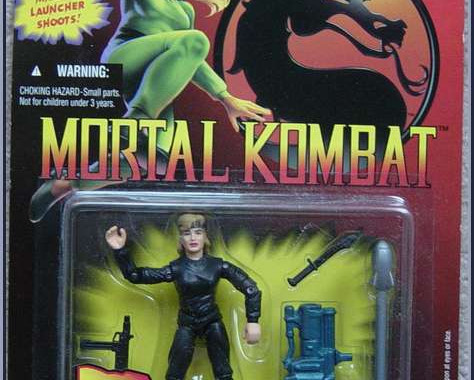



































































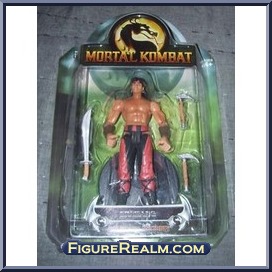





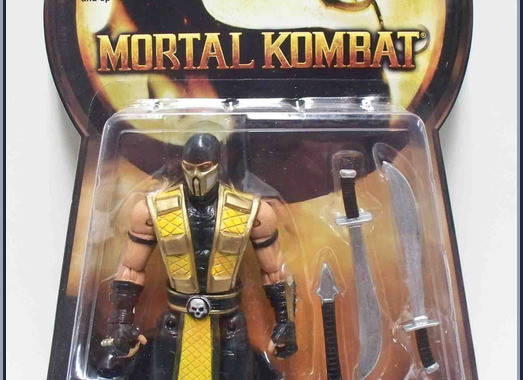

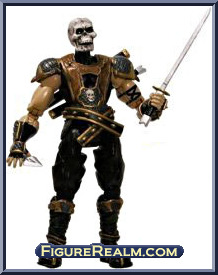


































































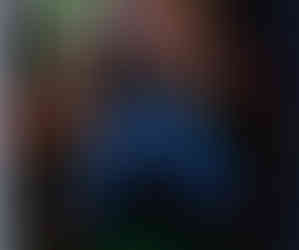


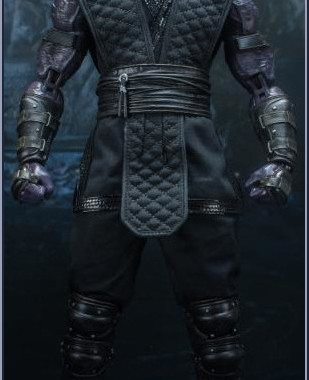



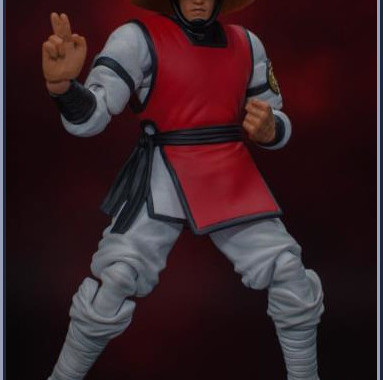





























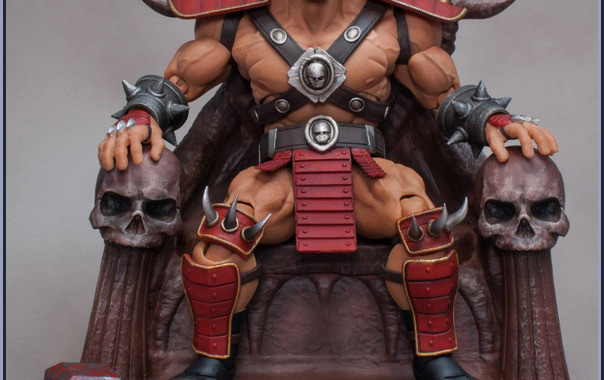









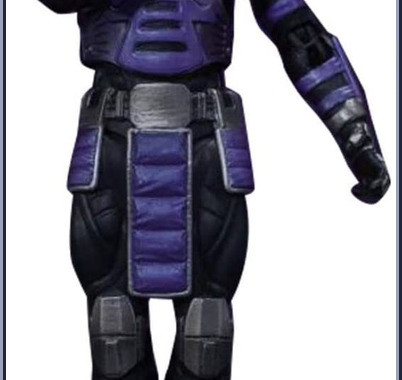



















































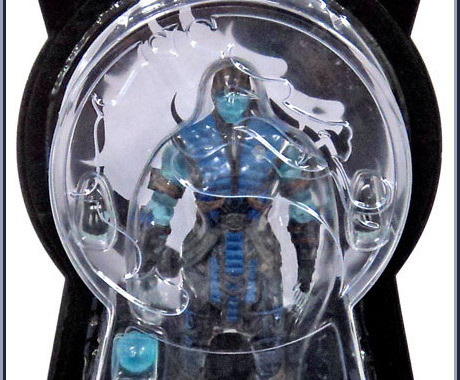

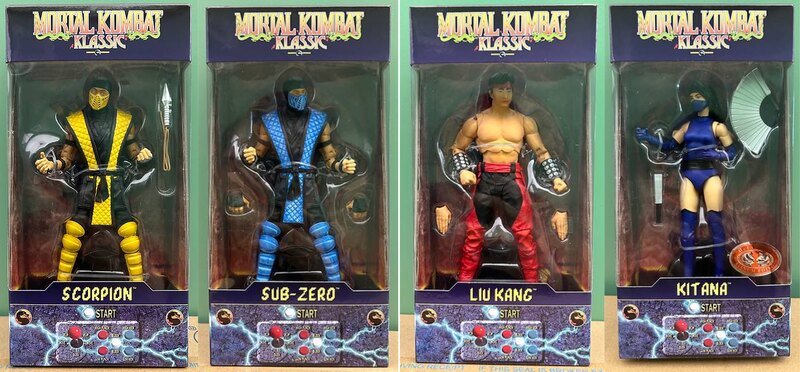





























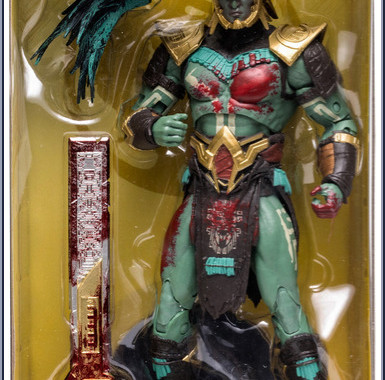



























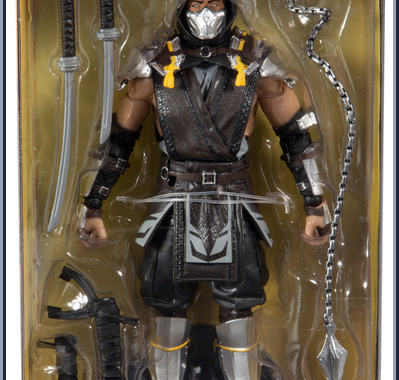

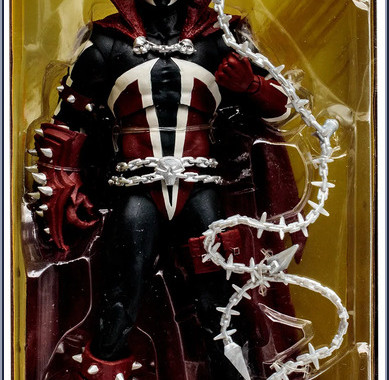





























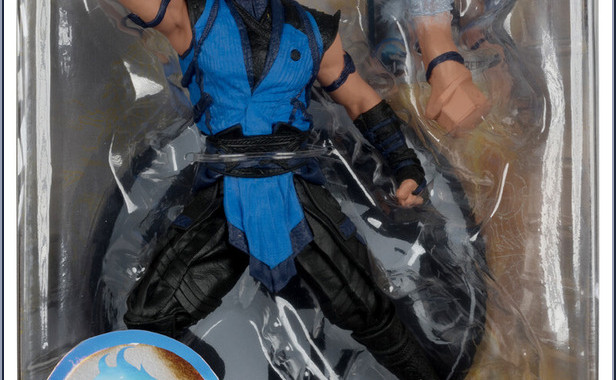























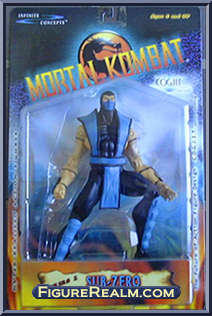






Comments